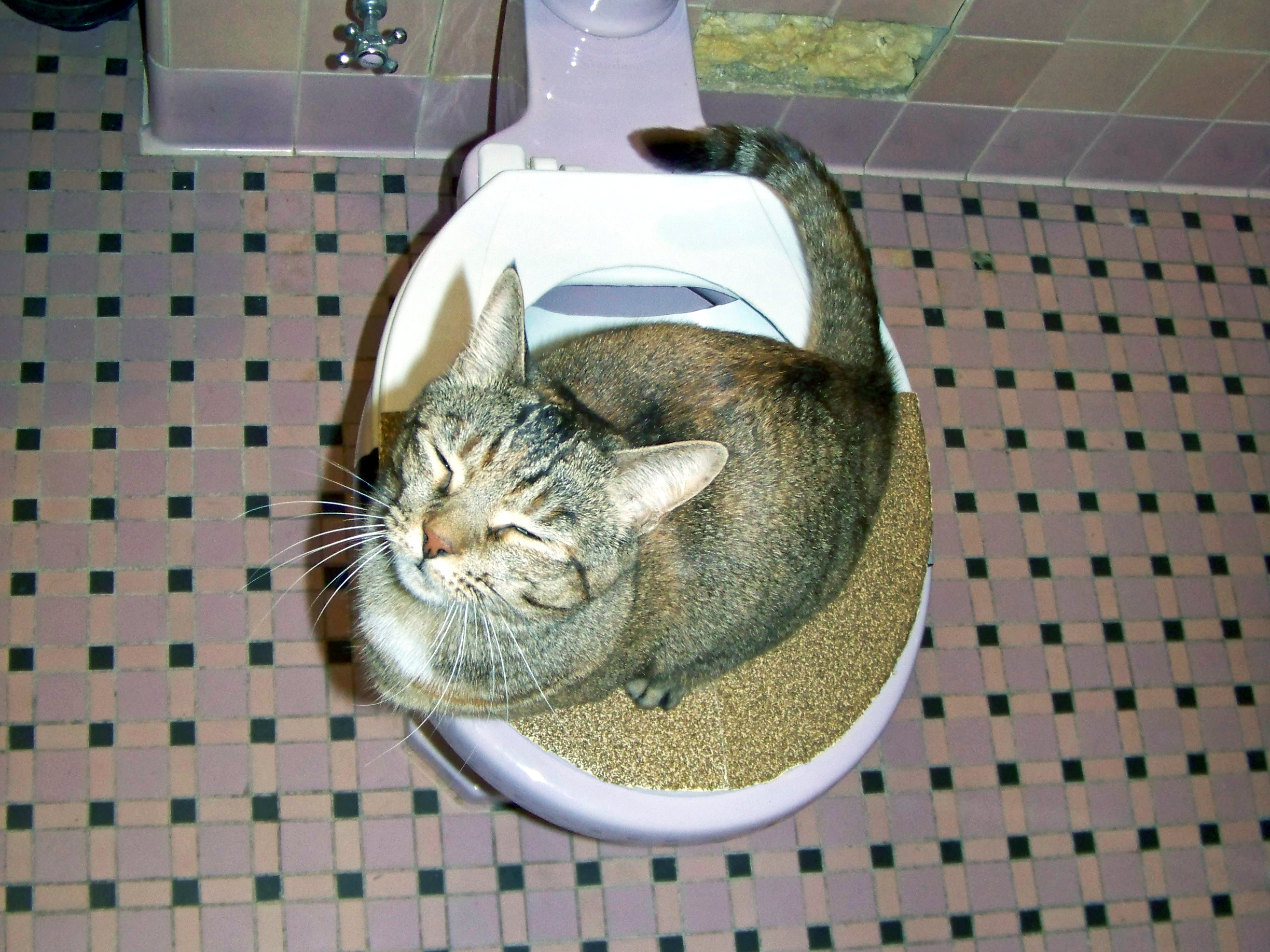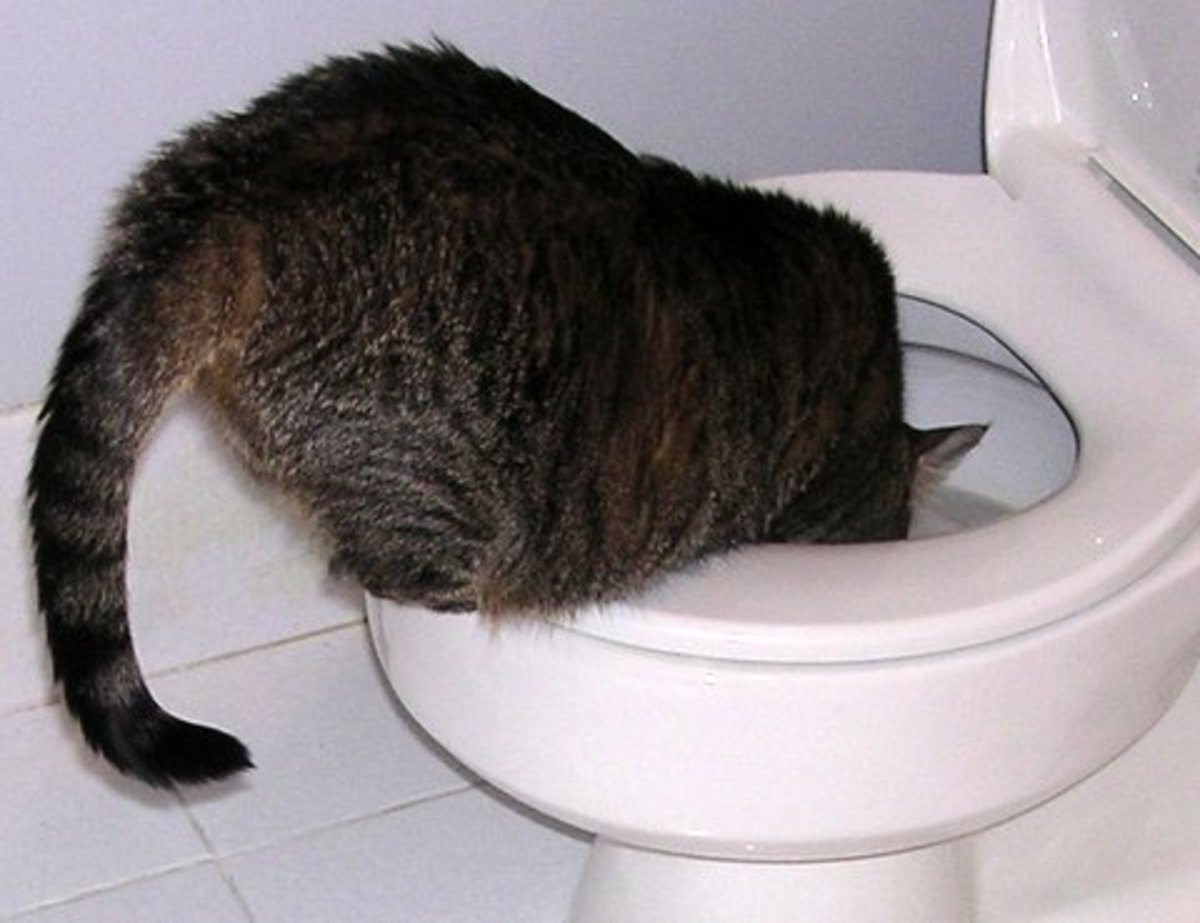Here in the next paragraph you can find additional really good resources all about Don’t flush cat feces down the toilet.

Introduction
As pet cat proprietors, it's vital to be mindful of how we deal with our feline close friends' waste. While it may appear hassle-free to flush pet cat poop down the bathroom, this technique can have detrimental consequences for both the setting and human wellness.
Alternatives to Flushing
Fortunately, there are safer and a lot more liable ways to take care of feline poop. Consider the adhering to alternatives:
1. Scoop and Dispose in Trash
The most common approach of getting rid of pet cat poop is to scoop it into an eco-friendly bag and toss it in the garbage. Make certain to use a specialized trash inside story and throw away the waste without delay.
2. Usage Biodegradable Litter
Go with naturally degradable feline clutter made from products such as corn or wheat. These litters are environmentally friendly and can be securely disposed of in the trash.
3. Hide in the Yard
If you have a backyard, take into consideration burying cat waste in an assigned area away from vegetable yards and water sources. Make certain to dig deep enough to stop contamination of groundwater.
4. Mount a Pet Waste Disposal System
Invest in a pet dog garbage disposal system particularly created for pet cat waste. These systems make use of enzymes to break down the waste, reducing odor and ecological effect.
Wellness Risks
Along with ecological worries, purging feline waste can additionally posture wellness threats to people. Pet cat feces might include Toxoplasma gondii, a bloodsucker that can cause toxoplasmosis-- a possibly extreme disease, particularly for expectant ladies and individuals with damaged immune systems.
Environmental Impact
Purging cat poop presents unsafe virus and parasites right into the water system, presenting a significant threat to water environments. These impurities can negatively influence marine life and concession water quality.
Final thought
Liable family pet possession expands beyond supplying food and sanctuary-- it also involves appropriate waste monitoring. By avoiding flushing feline poop down the bathroom and going with alternative disposal methods, we can reduce our environmental footprint and safeguard human health.
Why Can’t I Flush Cat Poop?
It Spreads a Parasite
Cats are frequently infected with a parasite called toxoplasma gondii. The parasite causes an infection called toxoplasmosis. It is usually harmless to cats. The parasite only uses cat poop as a host for its eggs. Otherwise, the cat’s immune system usually keeps the infection at low enough levels to maintain its own health. But it does not stop the develop of eggs. These eggs are tiny and surprisingly tough. They may survive for a year before they begin to grow. But that’s the problem.
Our wastewater system is not designed to deal with toxoplasmosis eggs. Instead, most eggs will flush from your toilet into sewers and wastewater management plants. After the sewage is treated for many other harmful things in it, it is typically released into local rivers, lakes, or oceans. Here, the toxoplasmosis eggs can find new hosts, including starfish, crabs, otters, and many other wildlife. For many, this is a significant risk to their health. Toxoplasmosis can also end up infecting water sources that are important for agriculture, which means our deer, pigs, and sheep can get infected too.
Is There Risk to Humans?
There can be a risk to human life from flushing cat poop down the toilet. If you do so, the parasites from your cat’s poop can end up in shellfish, game animals, or livestock. If this meat is then served raw or undercooked, the people who eat it can get sick.
In fact, according to the CDC, 40 million people in the United States are infected with toxoplasma gondii. They get it from exposure to infected seafood, or from some kind of cat poop contamination, like drinking from a stream that is contaminated or touching anything that has come into contact with cat poop. That includes just cleaning a cat litter box.
Most people who get infected with these parasites will not develop any symptoms. However, for pregnant women or for those with compromised immune systems, the parasite can cause severe health problems.
How to Handle Cat Poop
The best way to handle cat poop is actually to clean the box more often. The eggs that the parasite sheds will not become active until one to five days after the cat poops. That means that if you clean daily, you’re much less likely to come into direct contact with infectious eggs.
That said, always dispose of cat poop in the garbage and not down the toilet. Wash your hands before and after you clean the litter box, and bring the bag of poop right outside to your garbage bins.
https://trenchlesssolutionsusa.com/why-cant-i-flush-cat-poop/

I ran across that post about Don’t flush cat feces down the toilet when browsing on the search engines. Please take the opportunity to promote this blog entry if you appreciated it. Thanks so much for your time spent reading it.
Book Today!